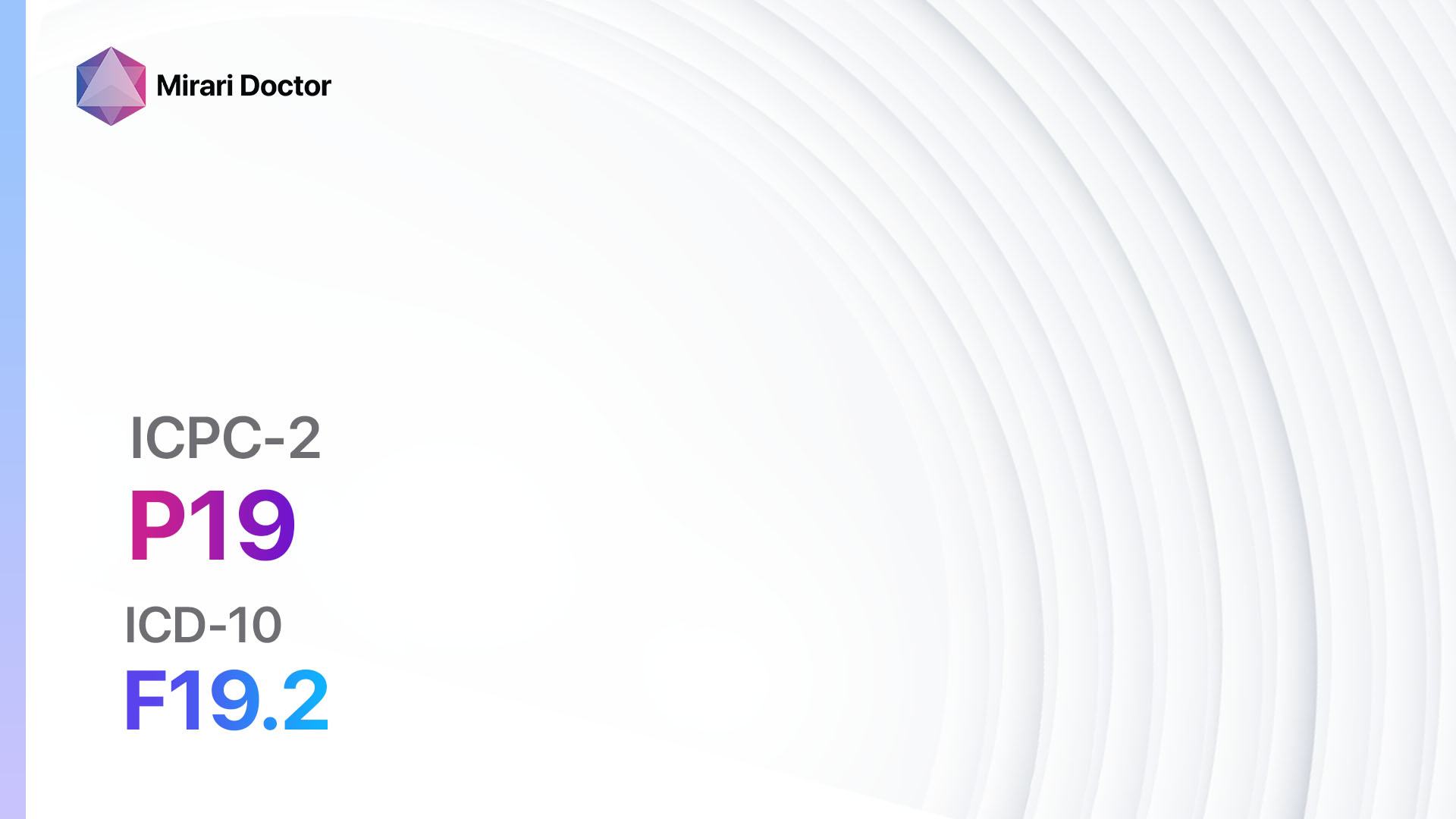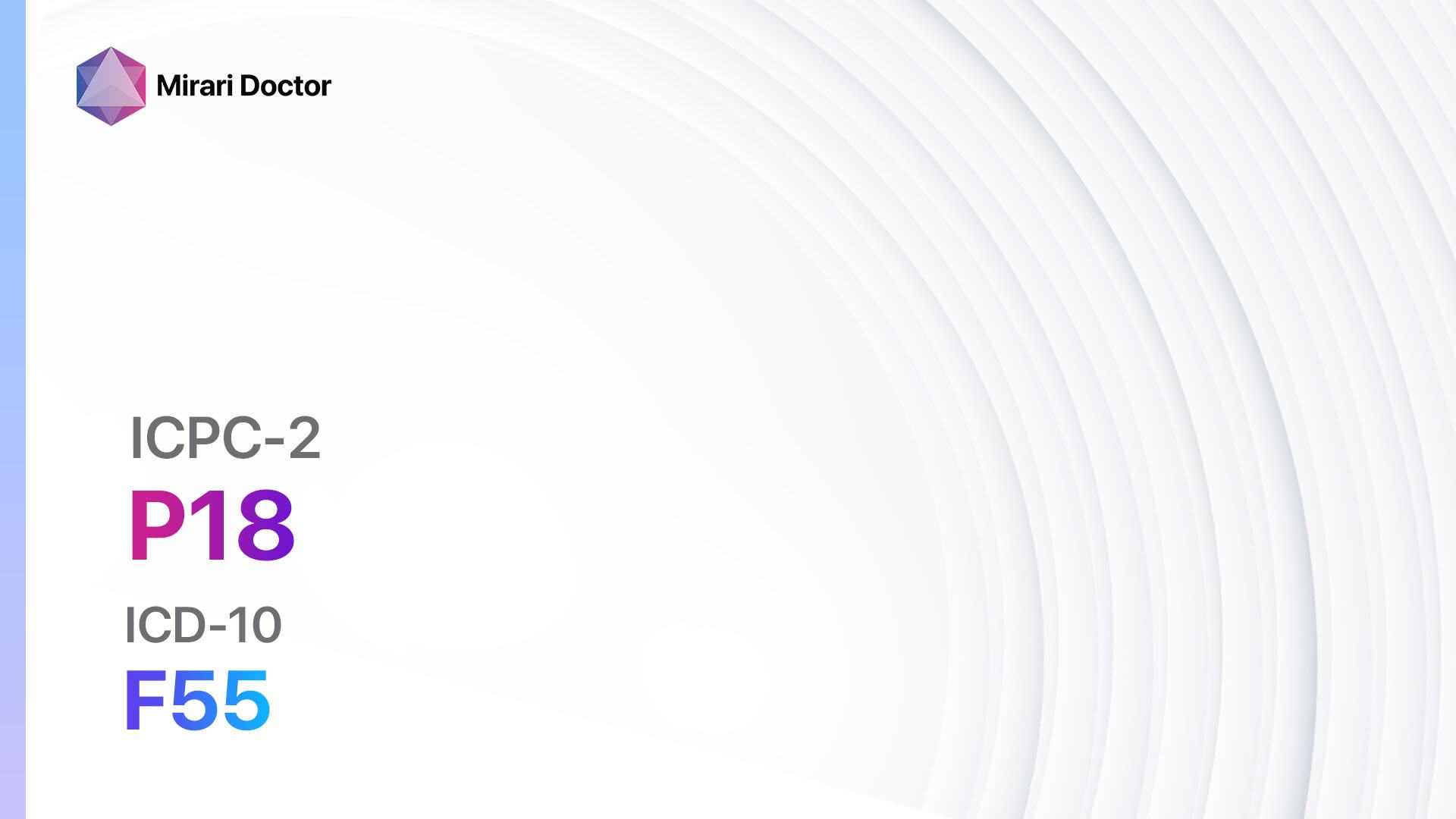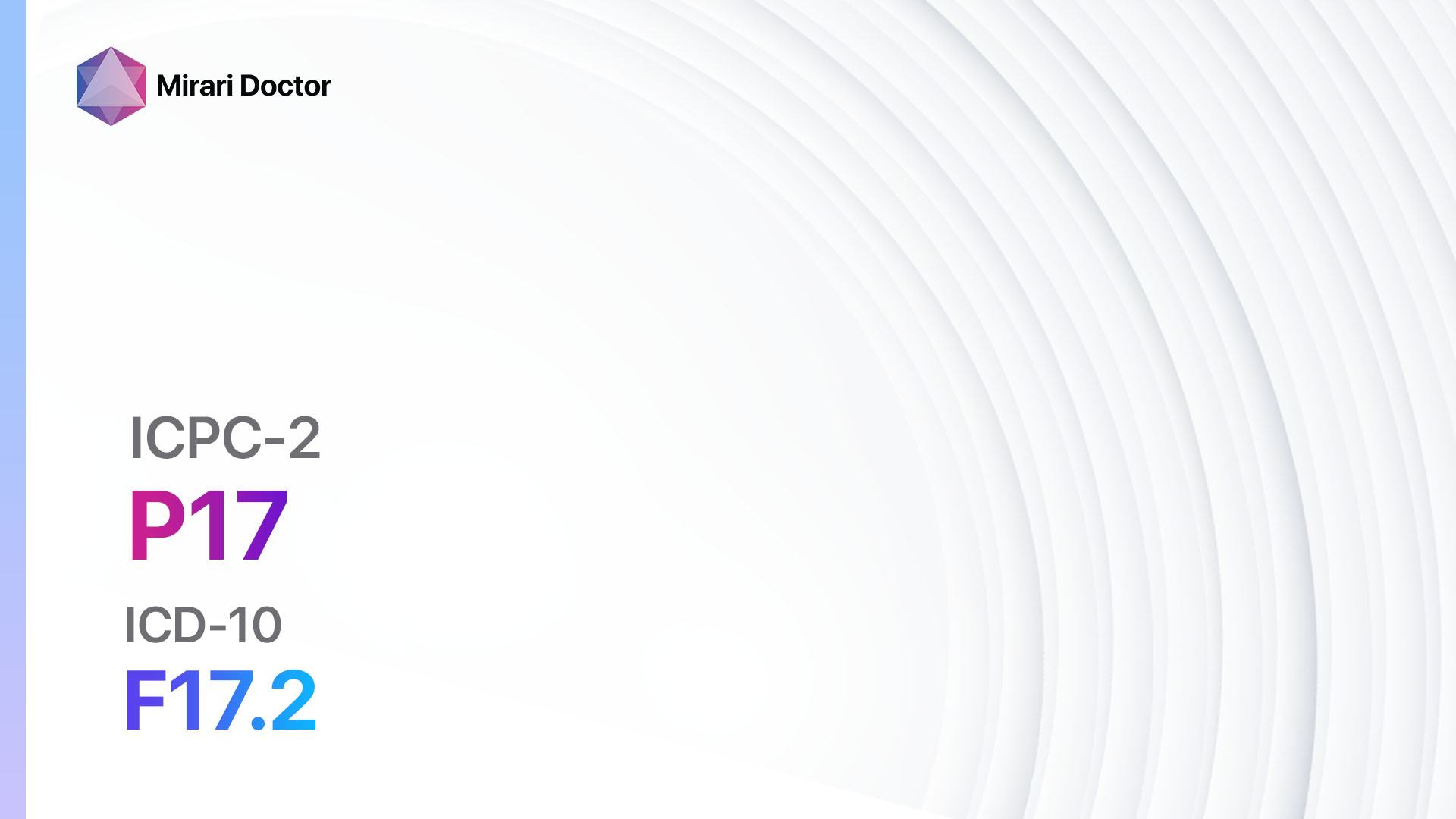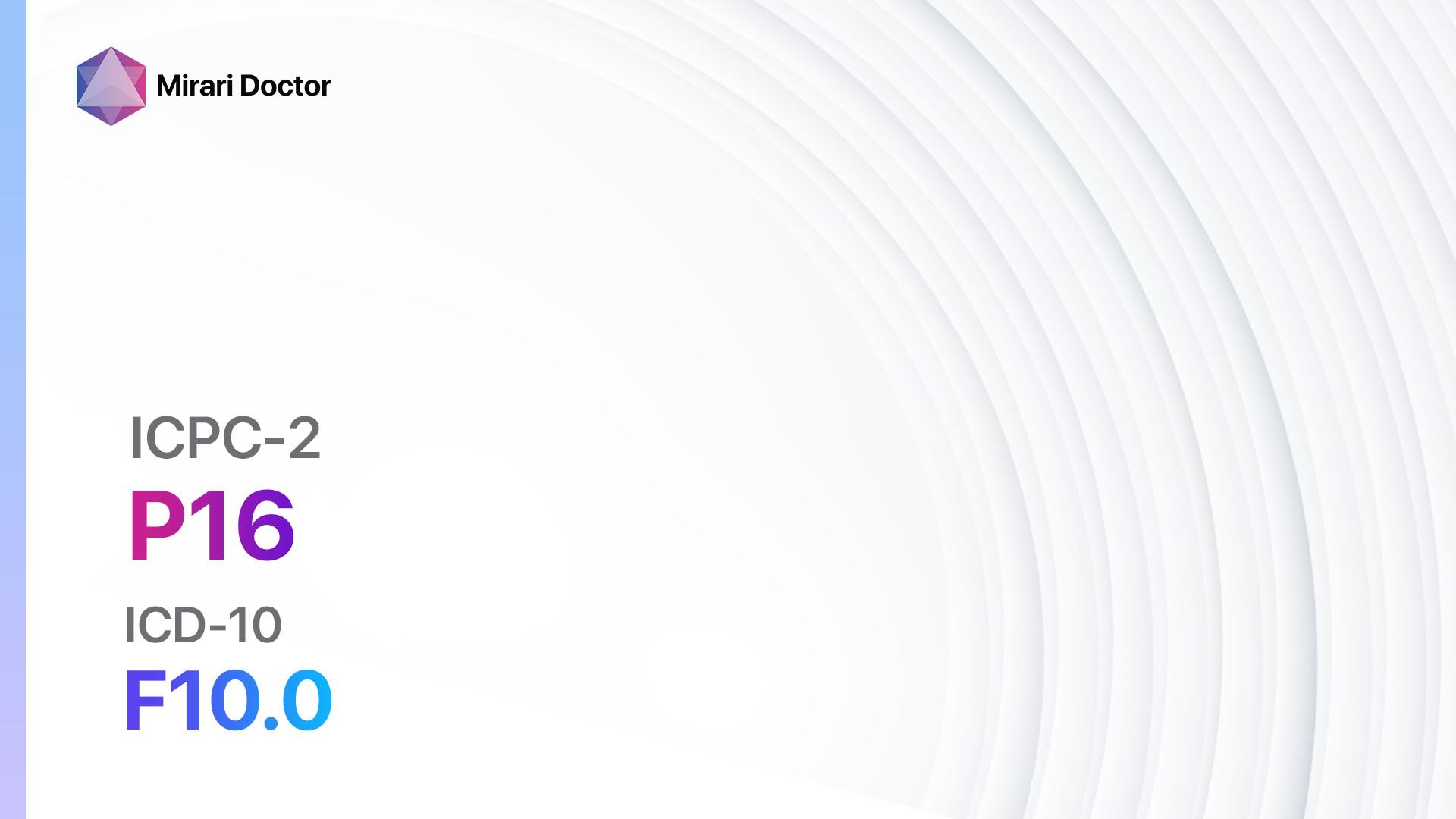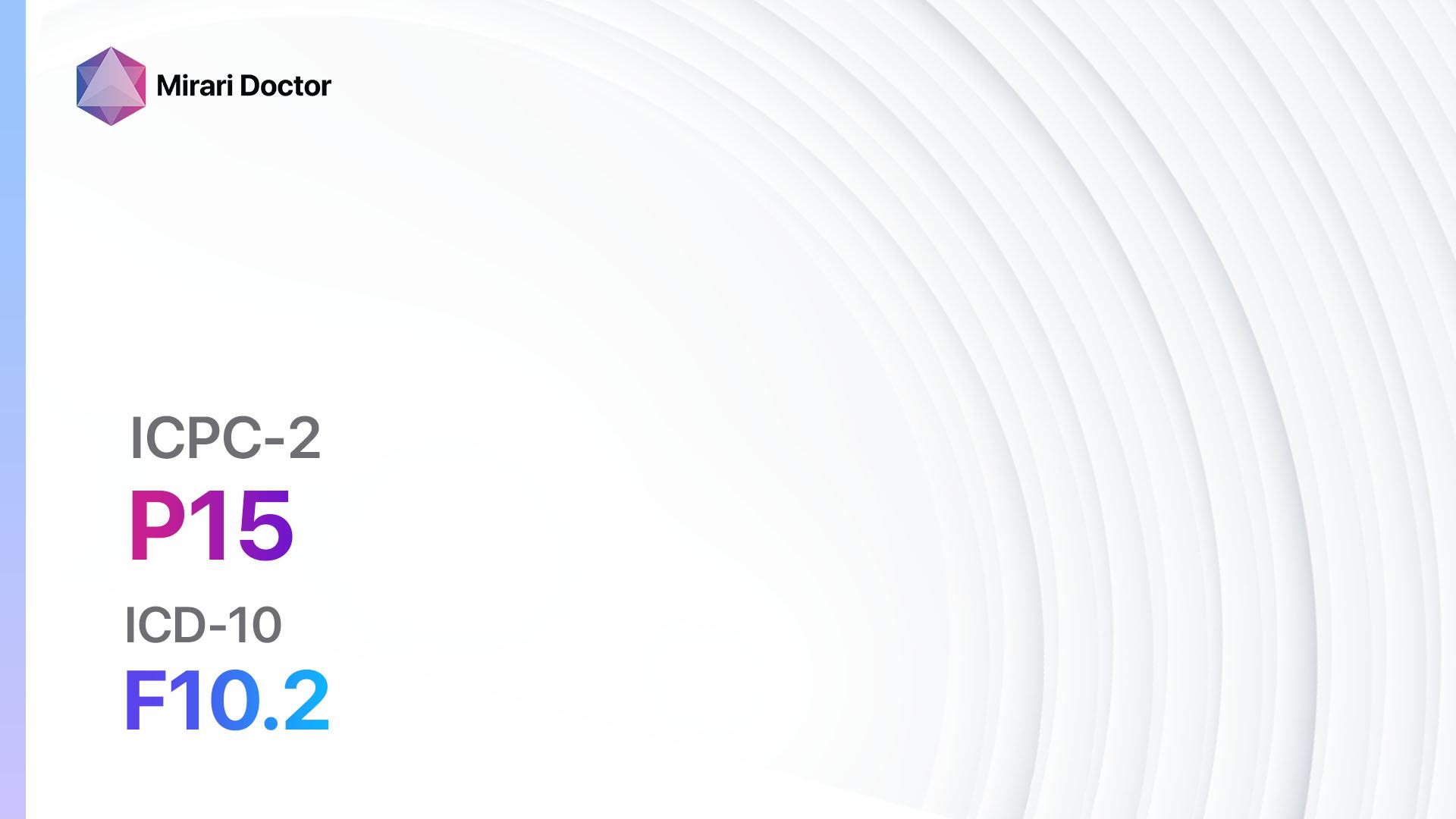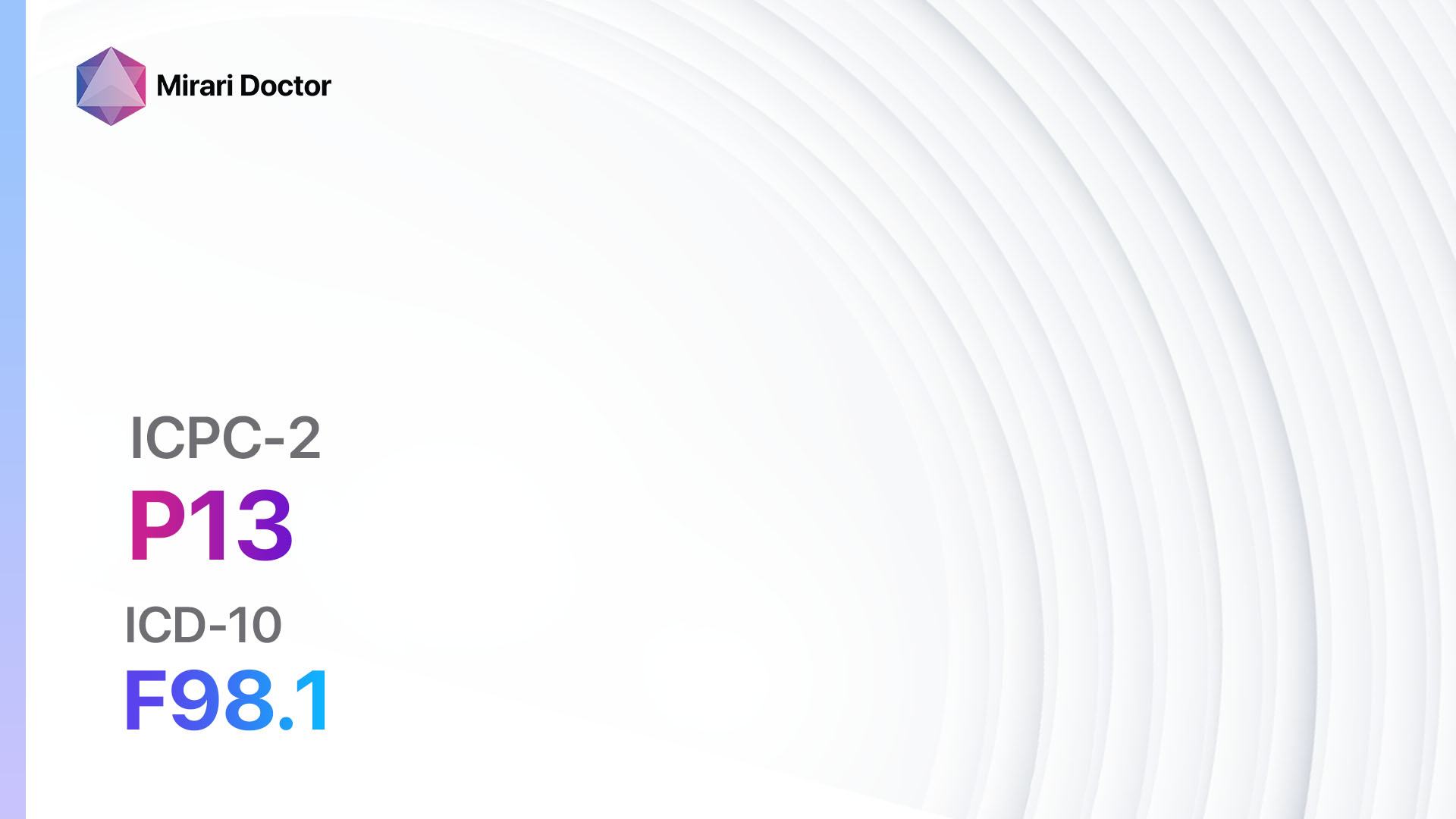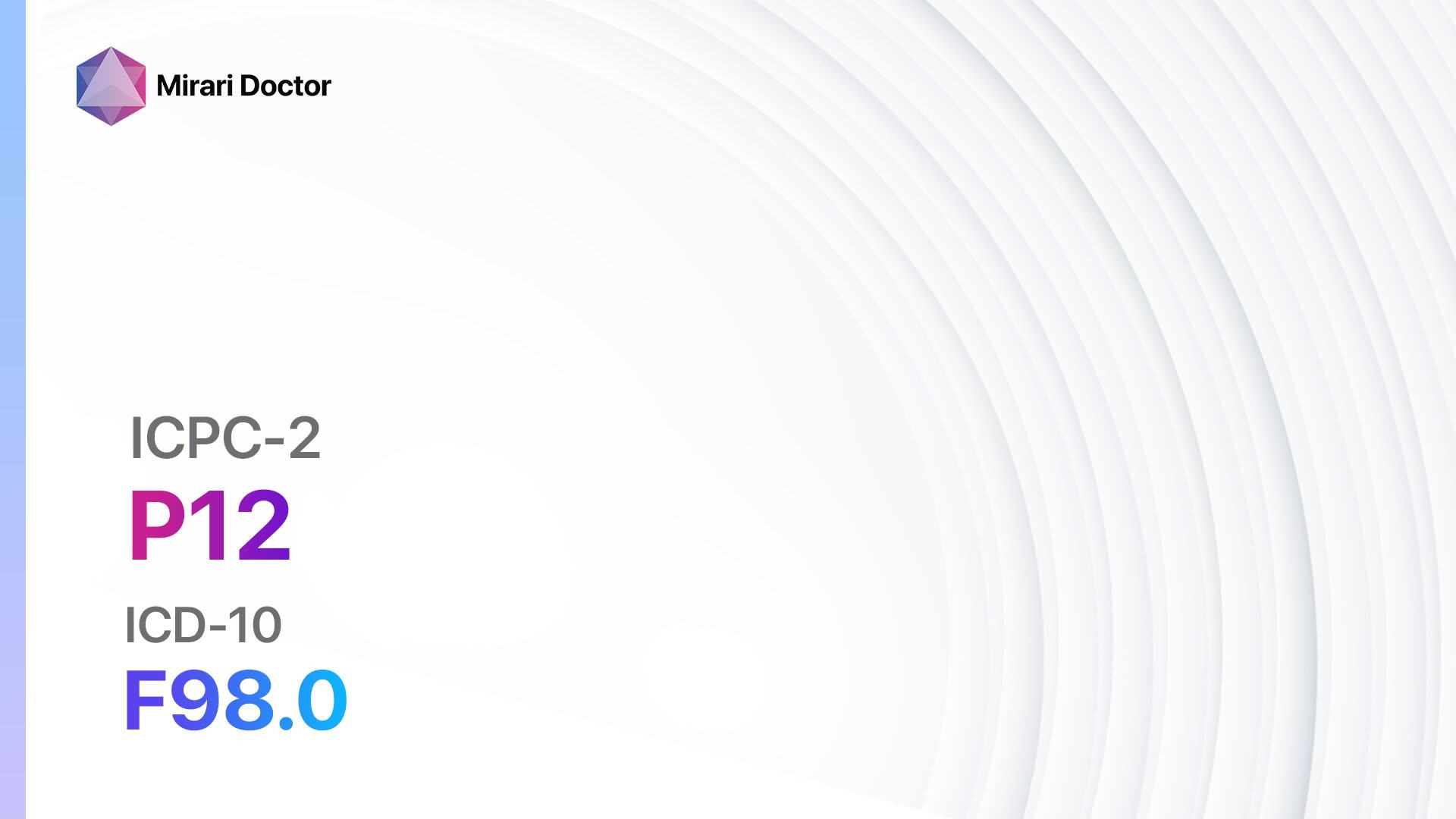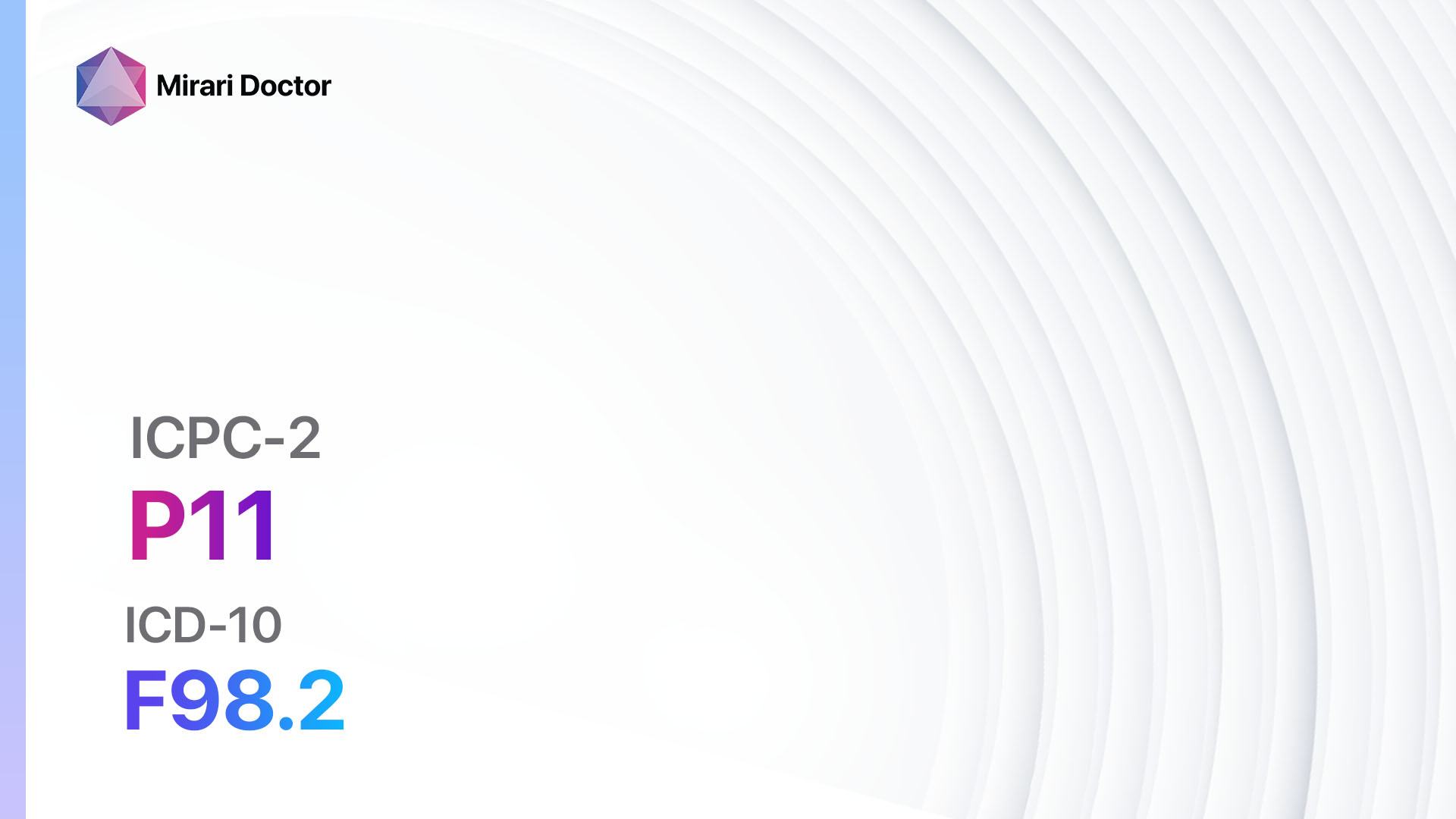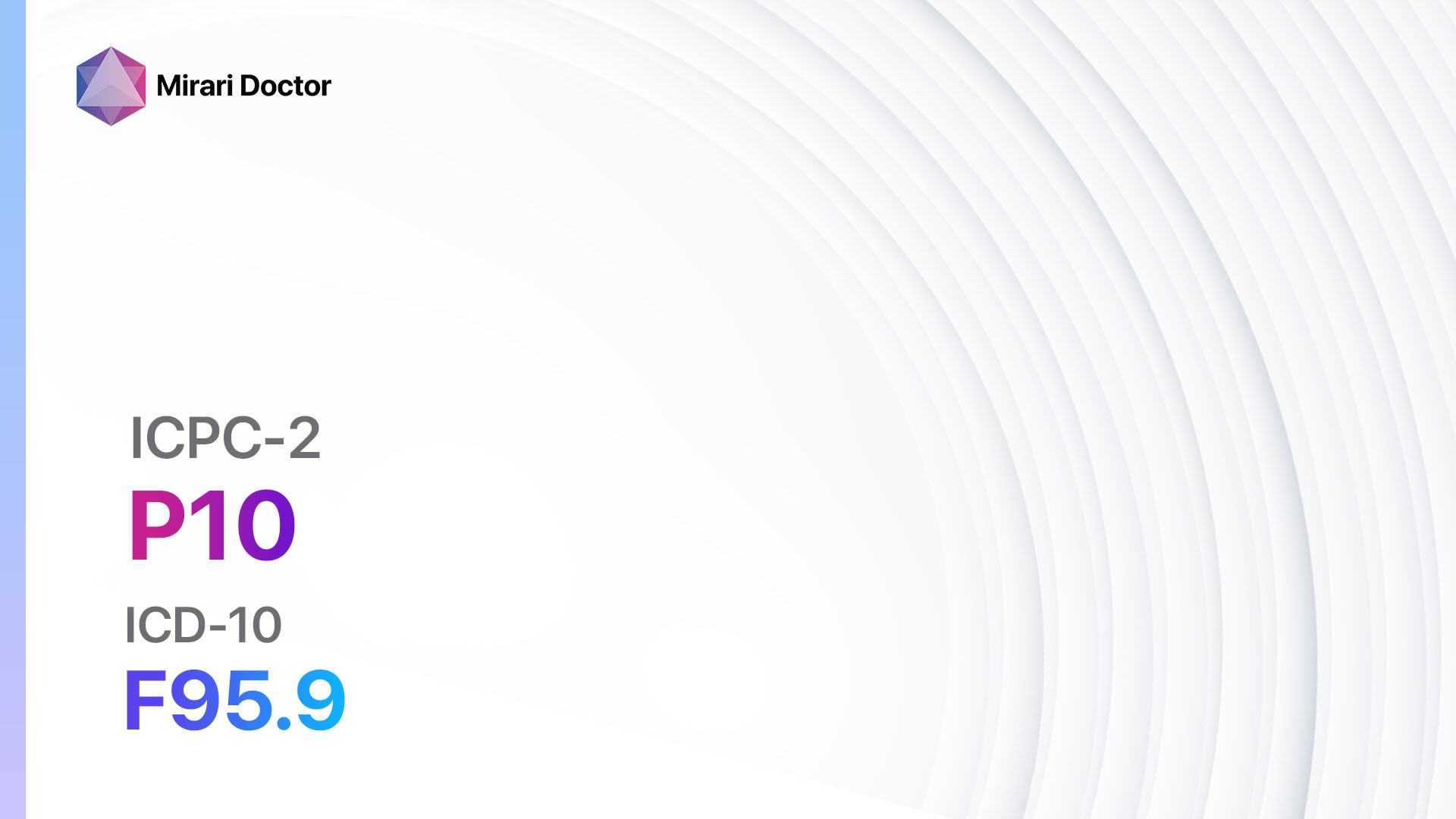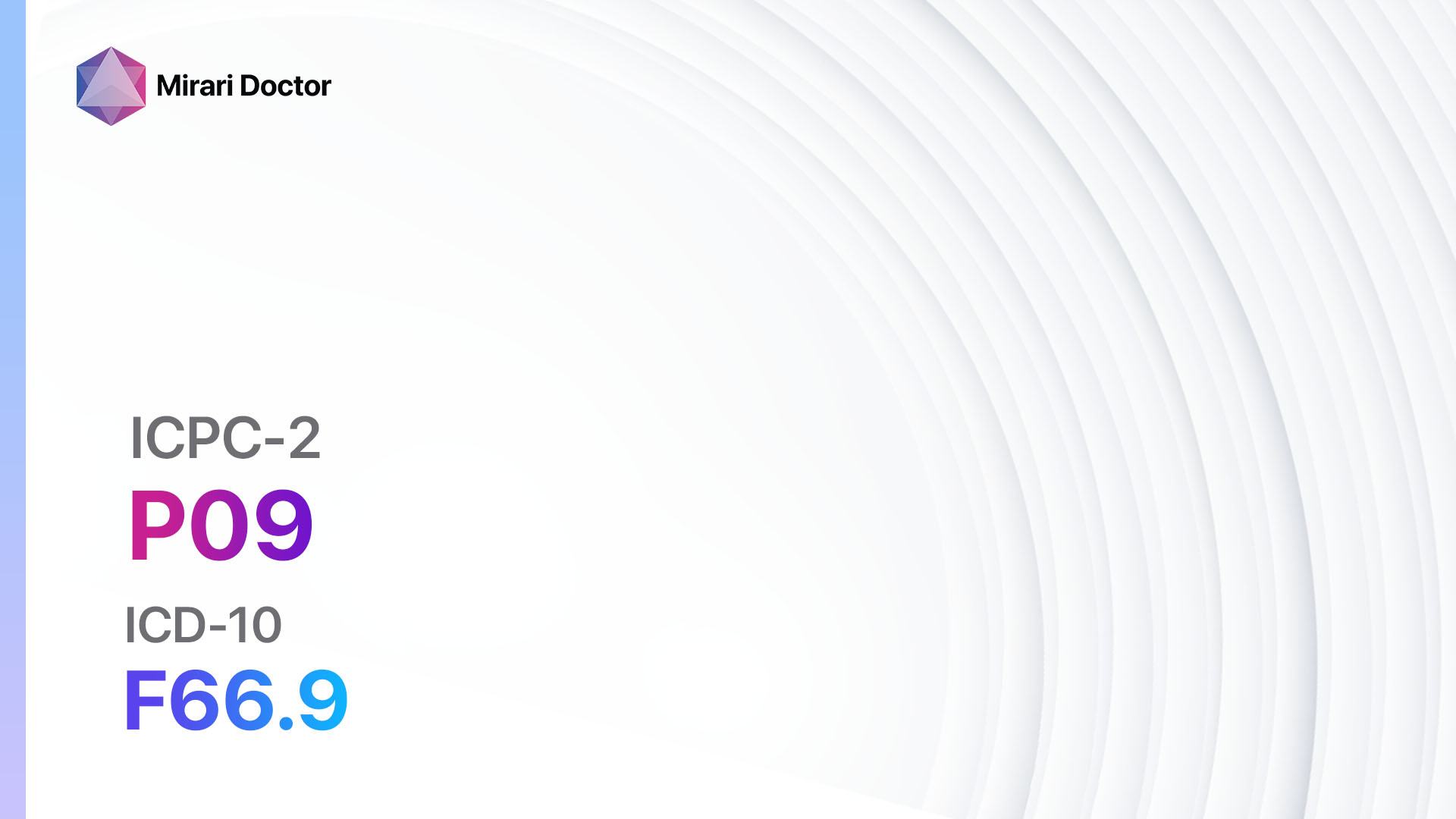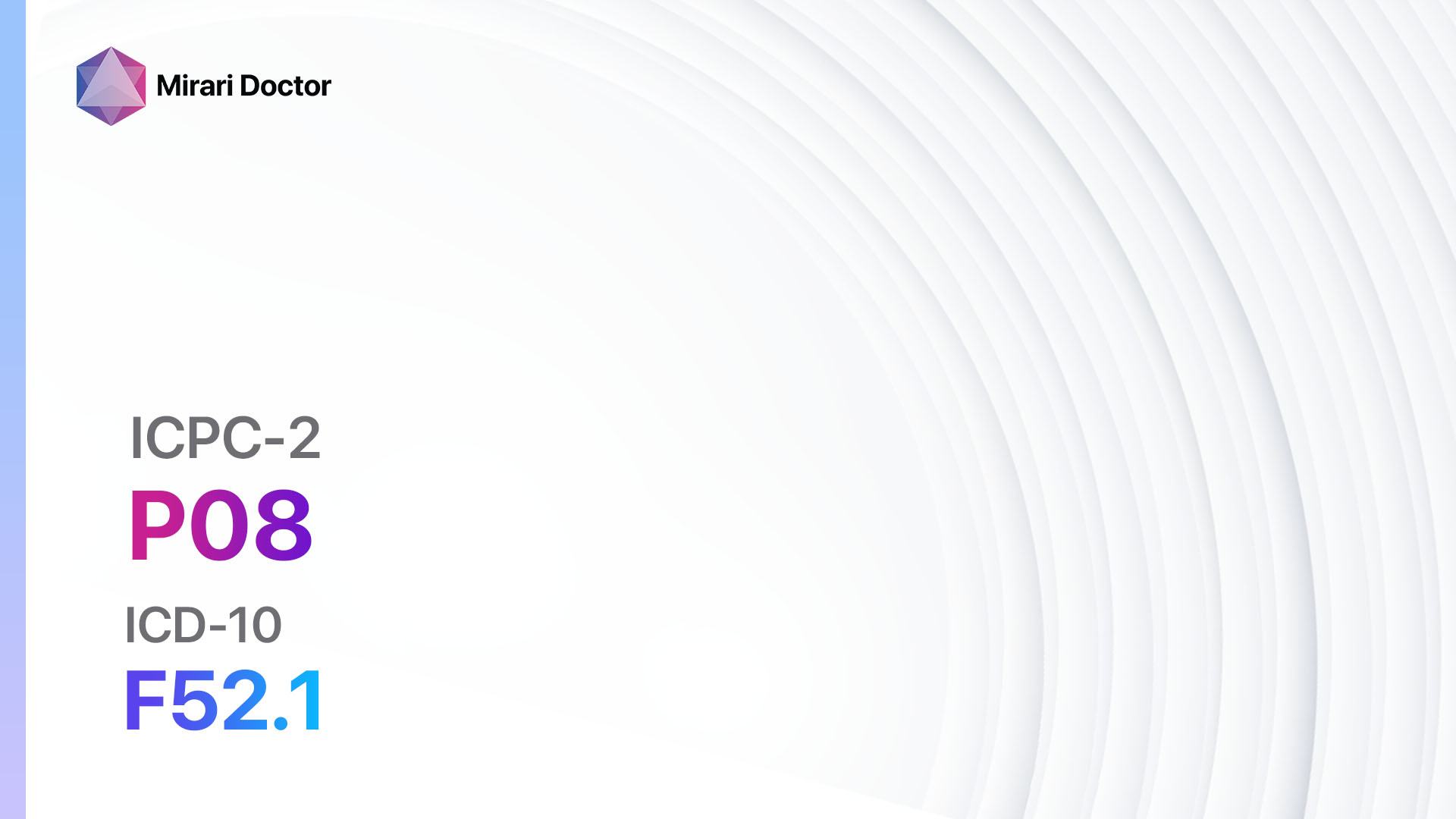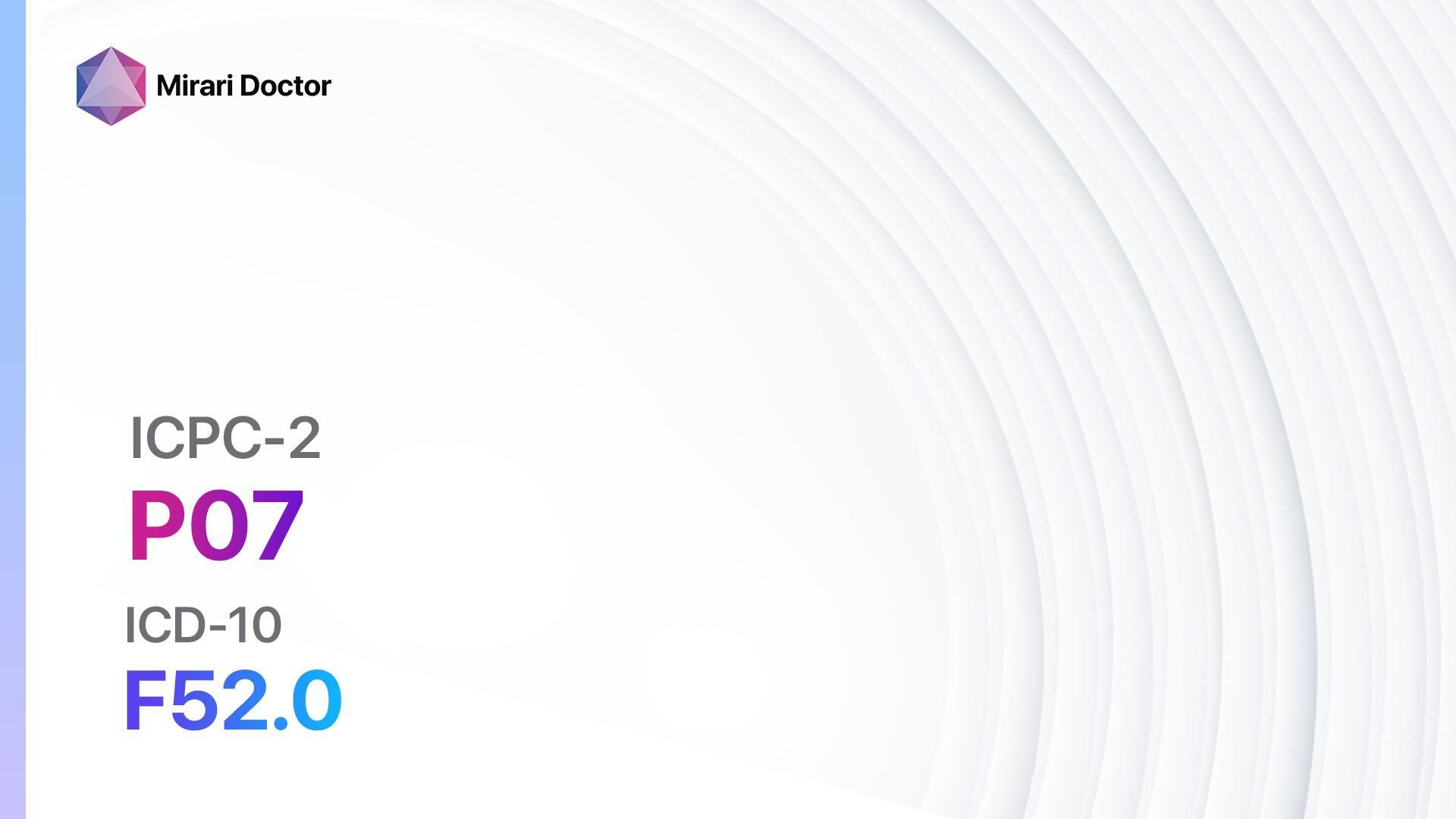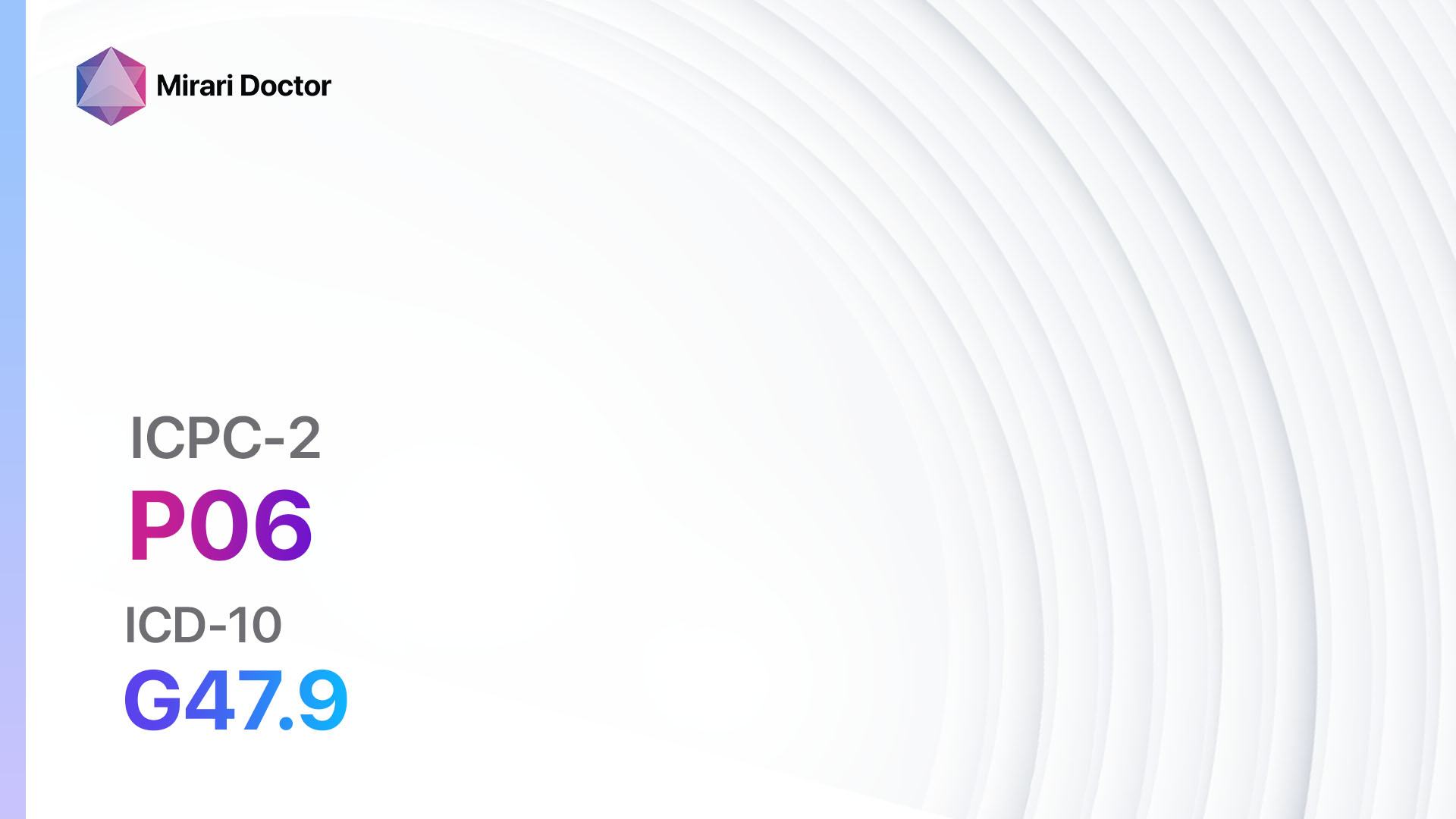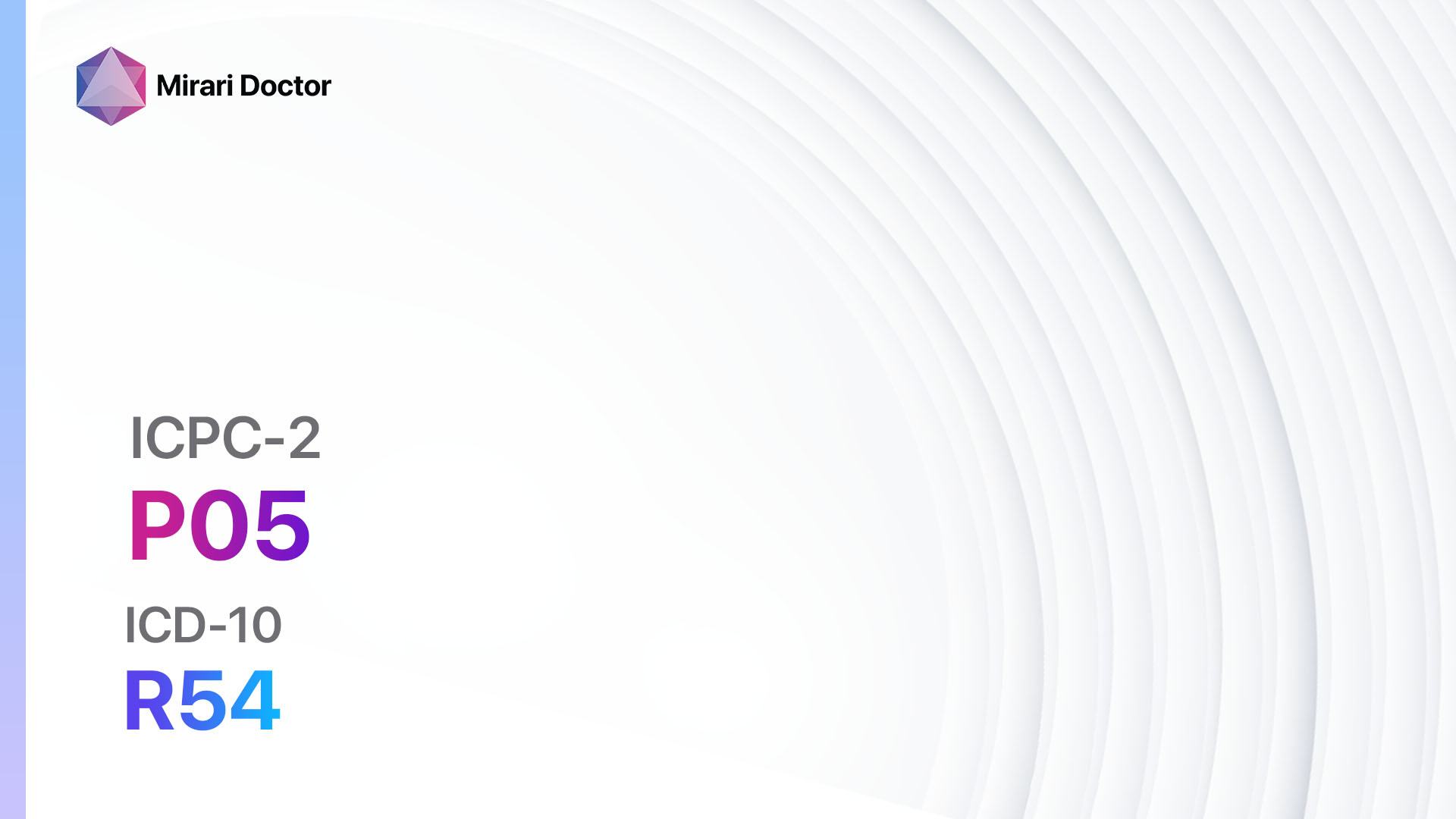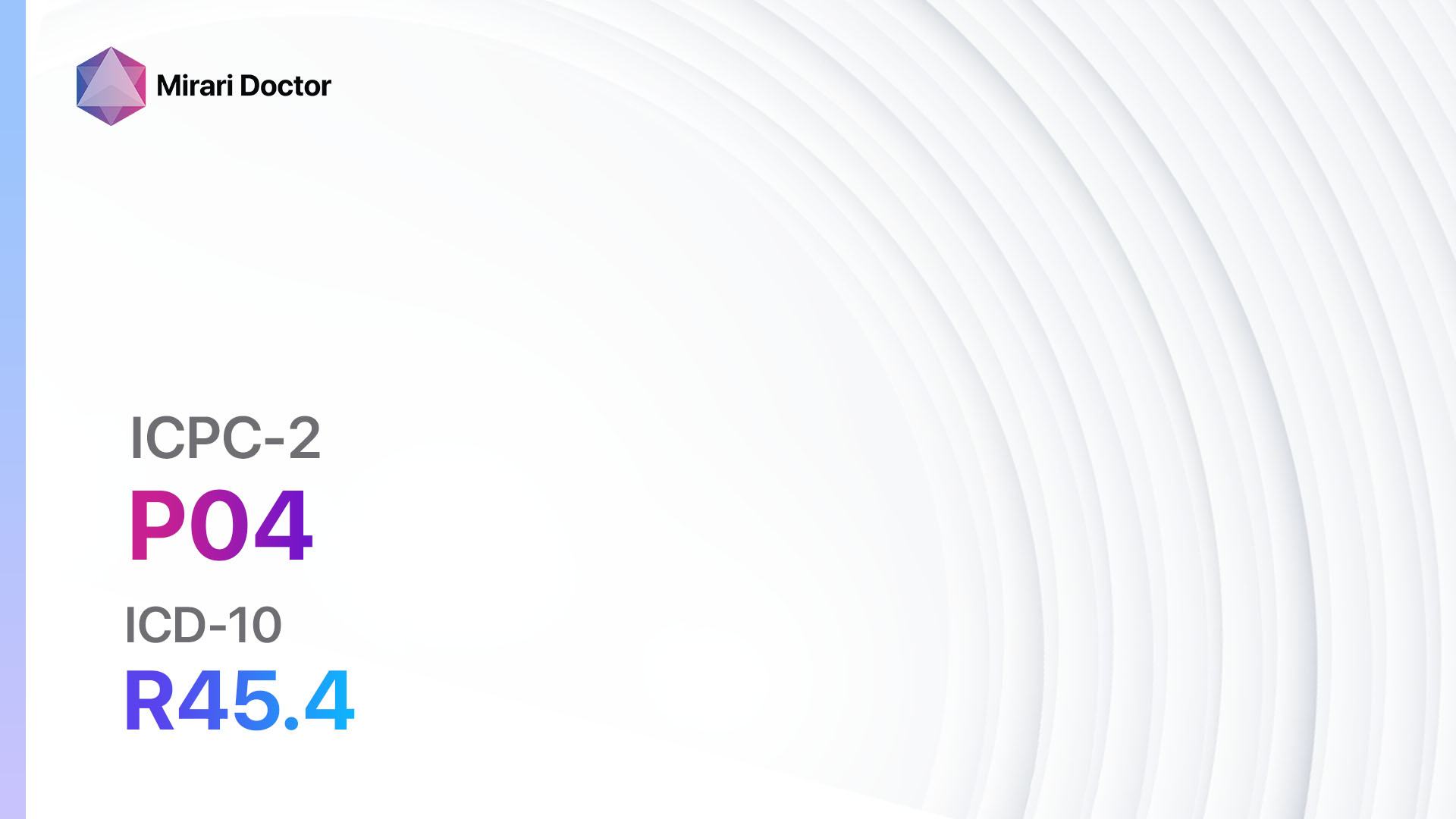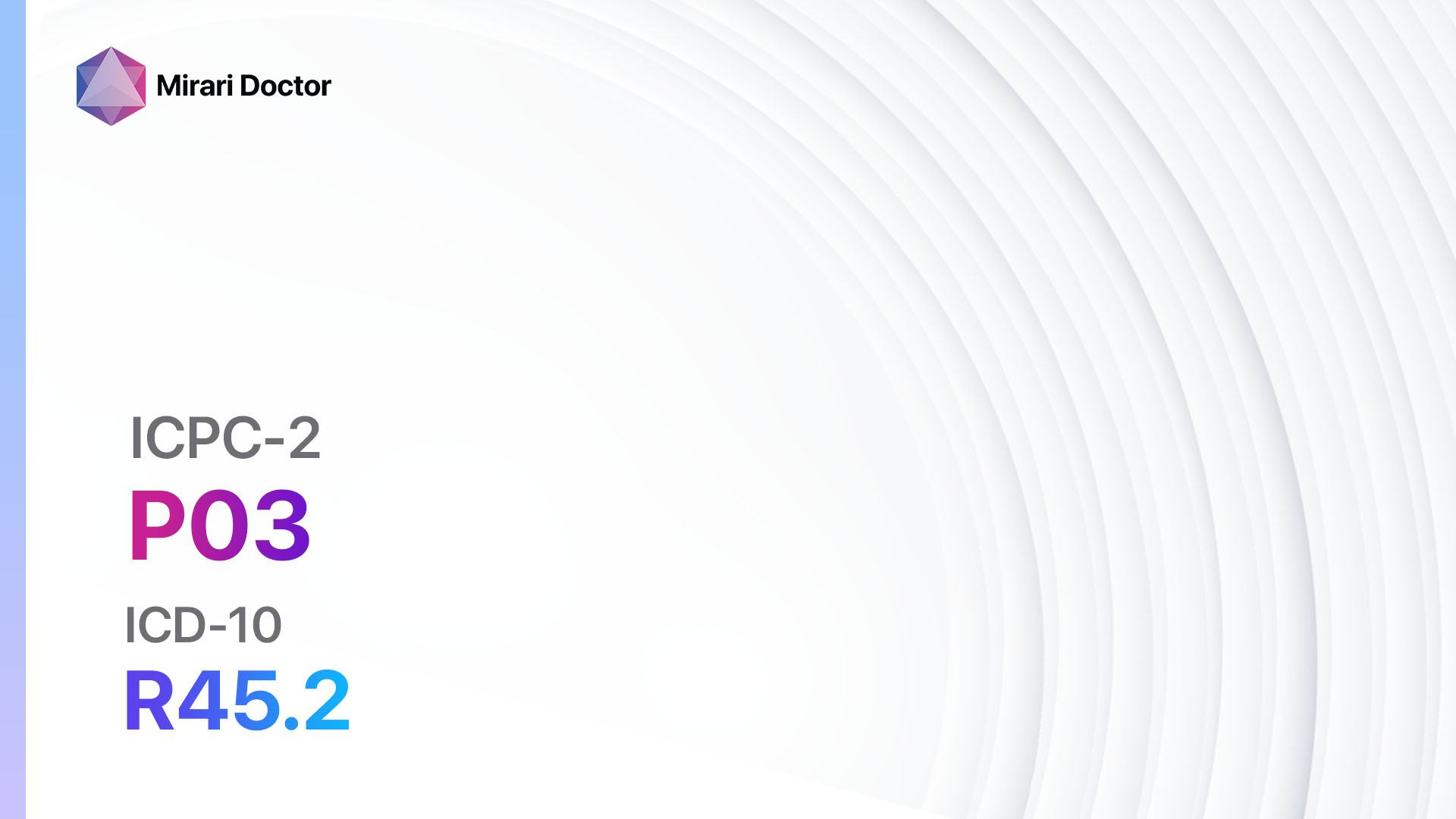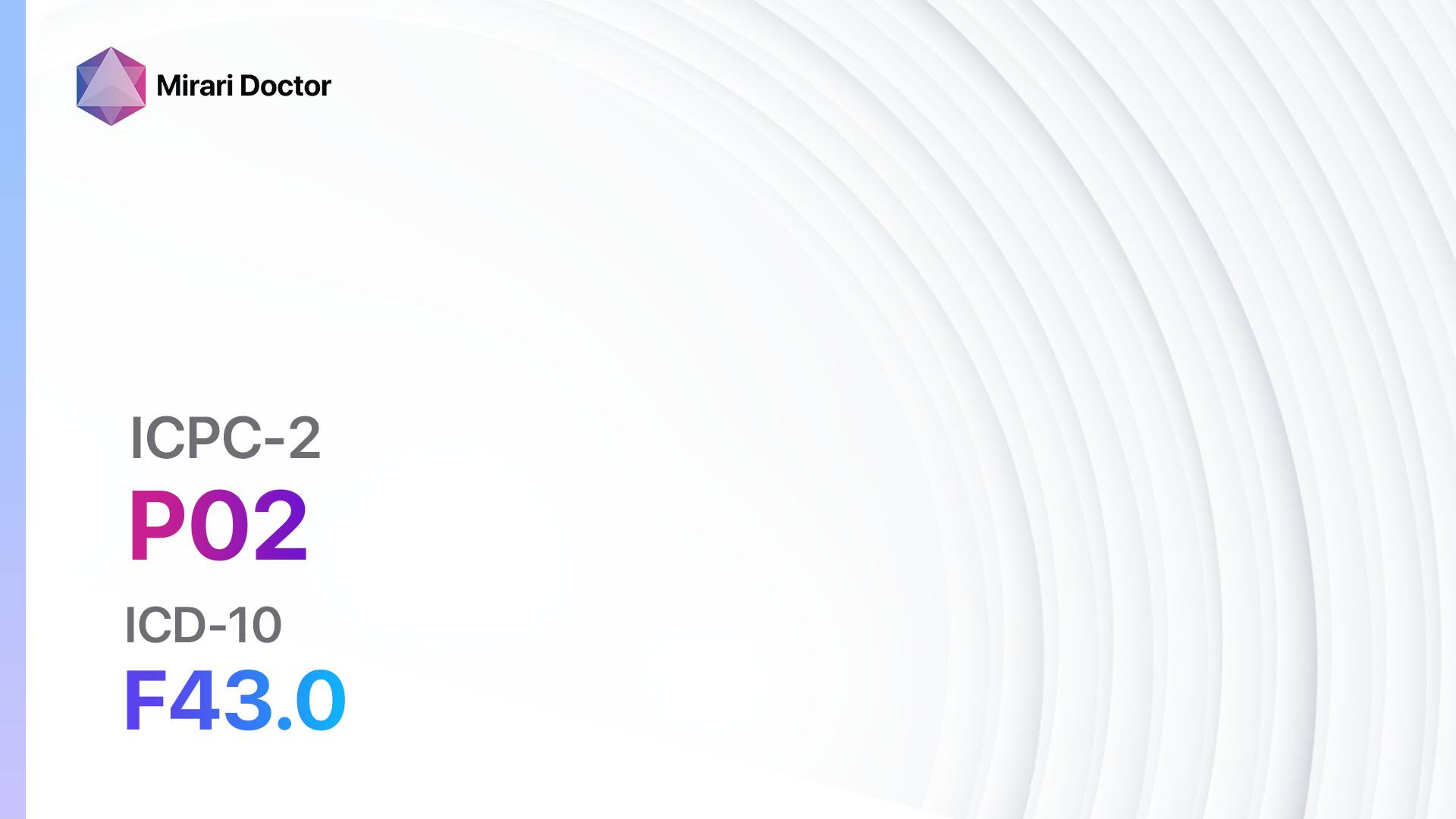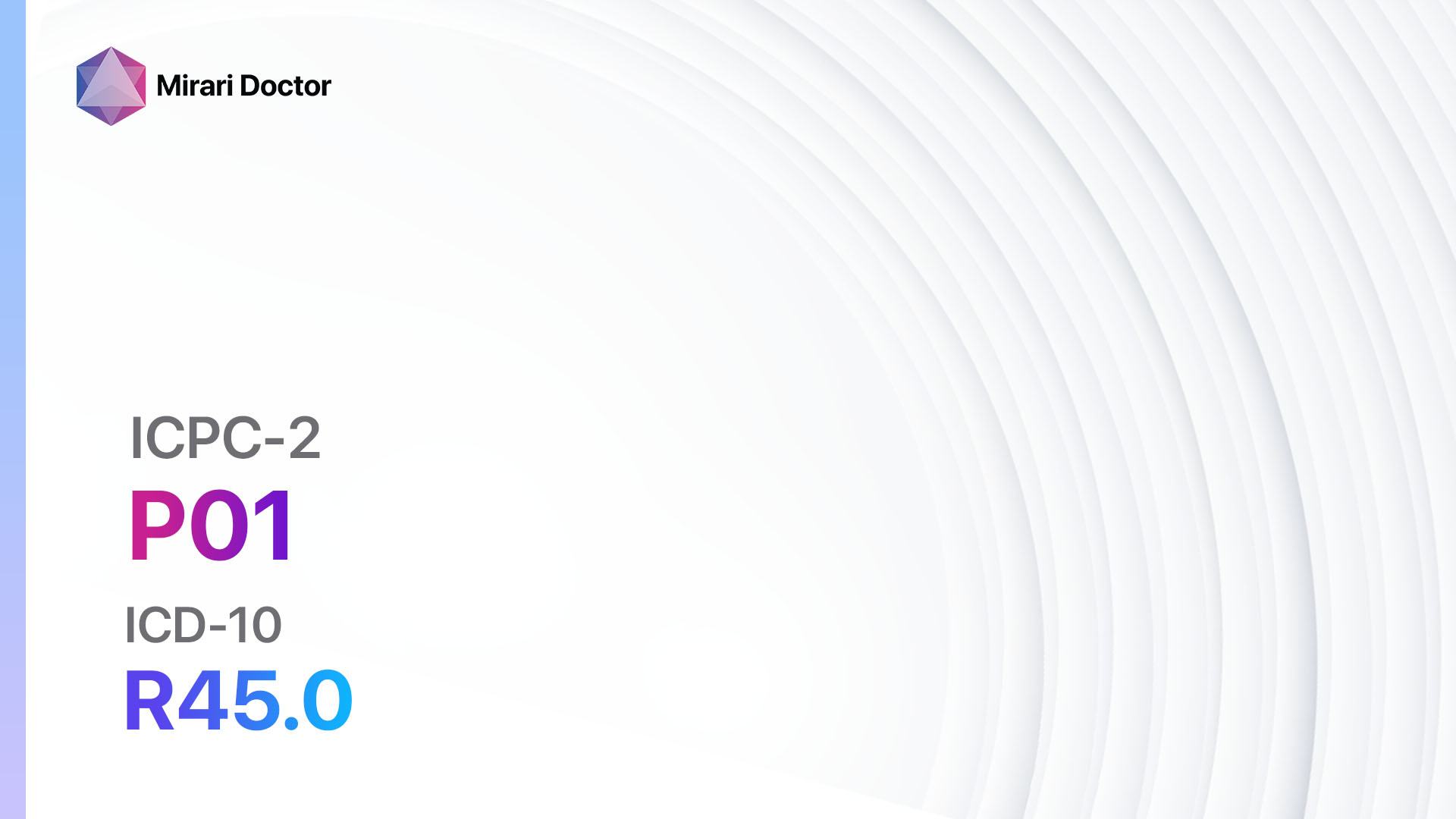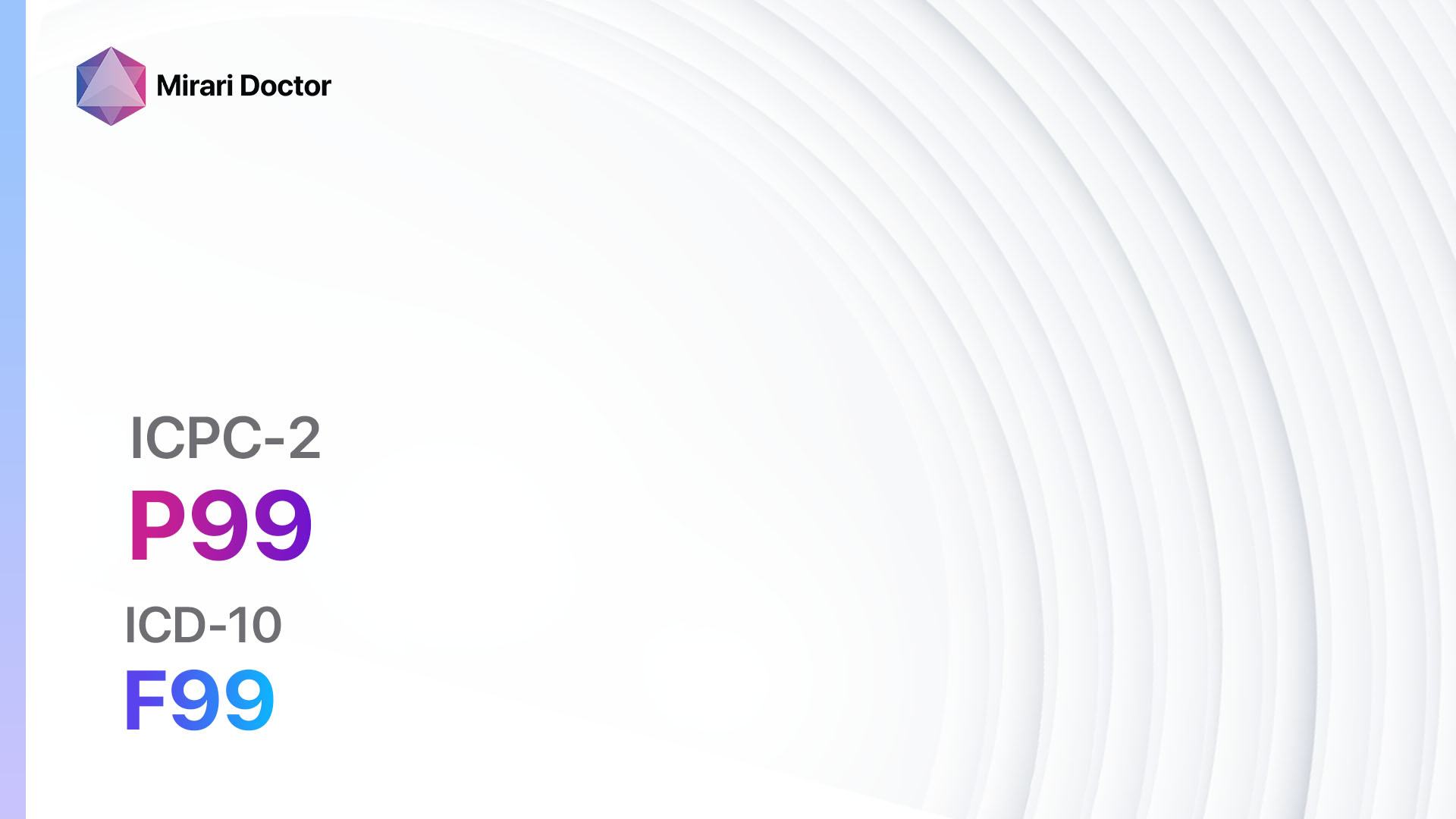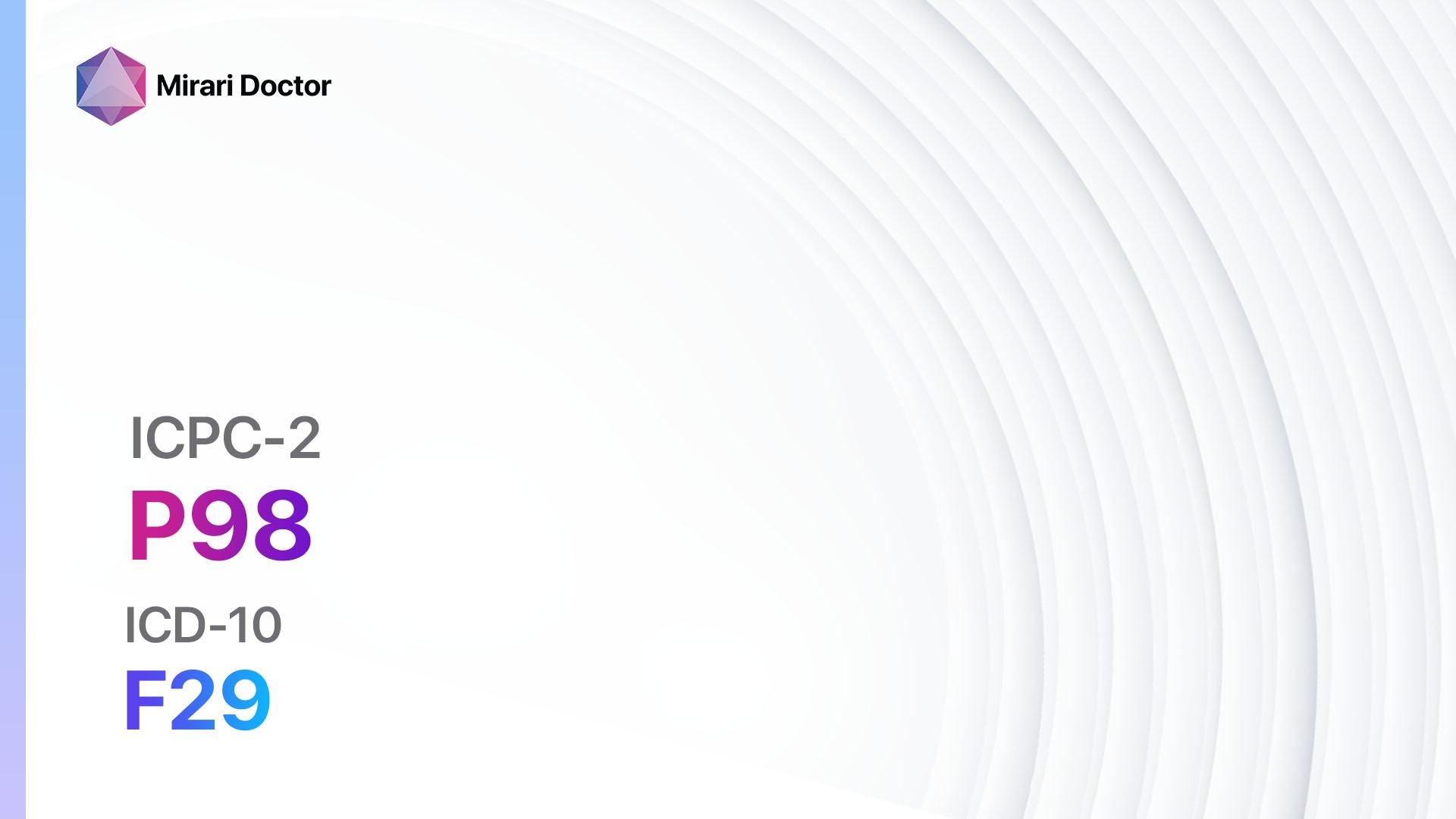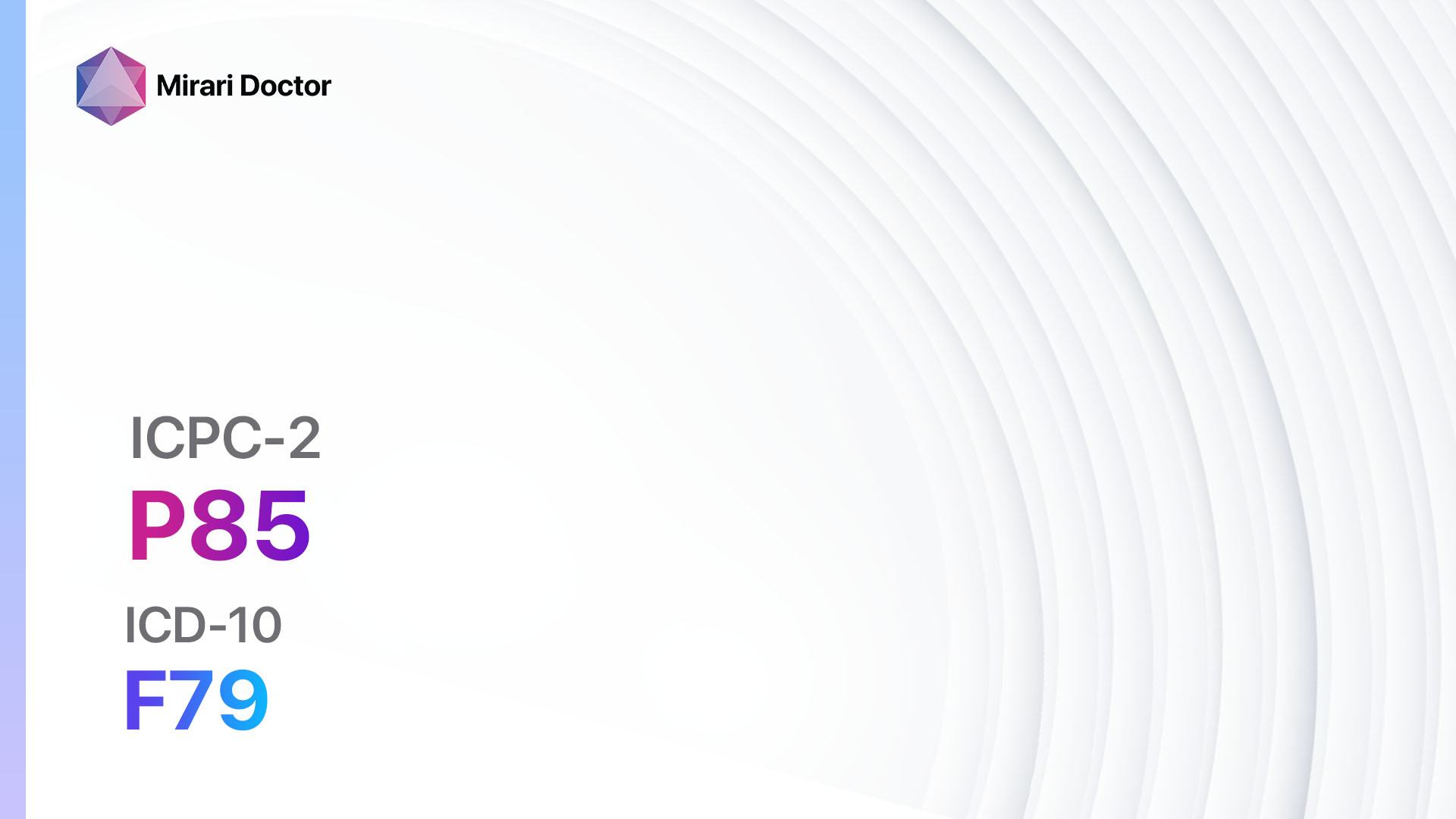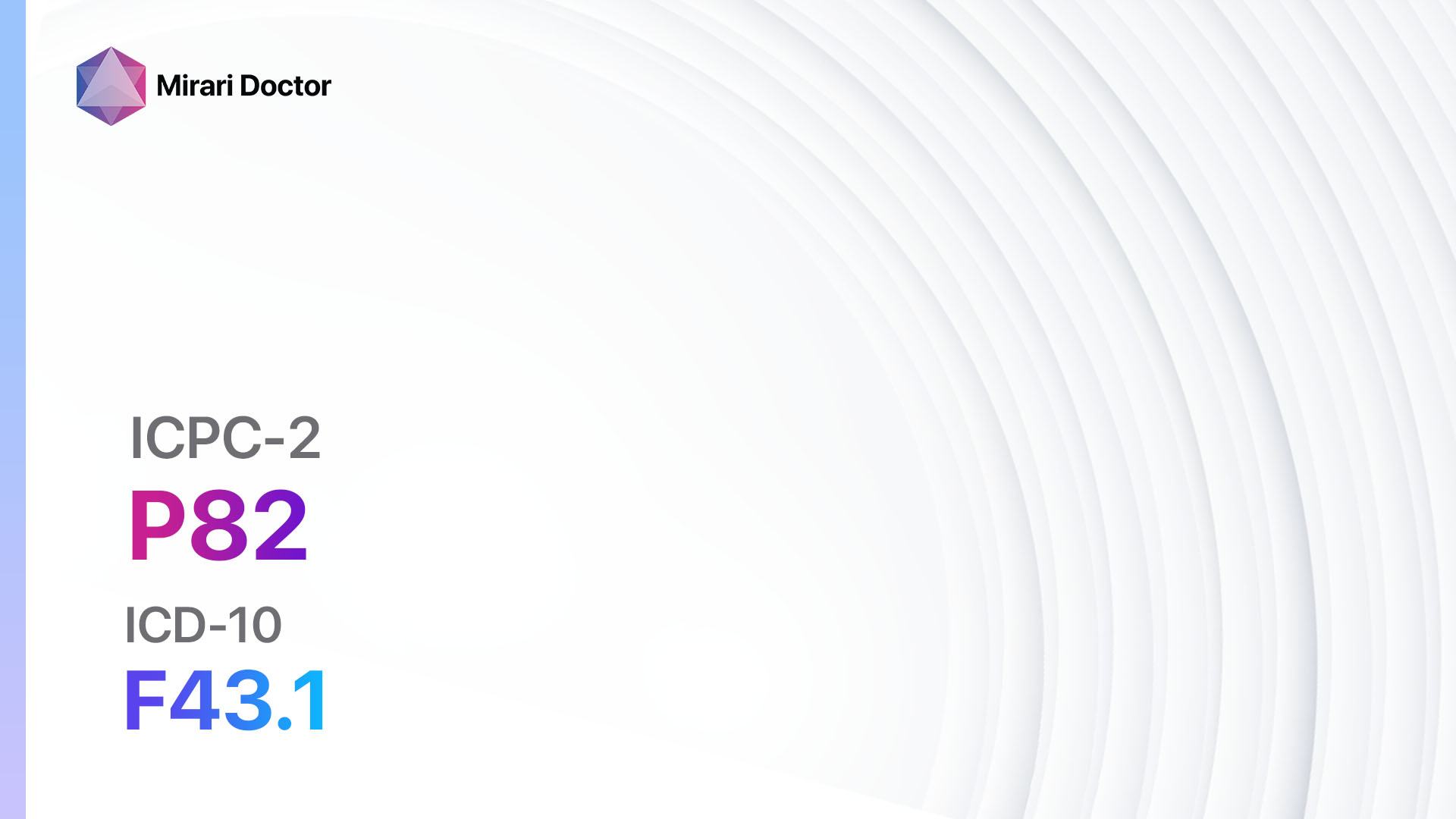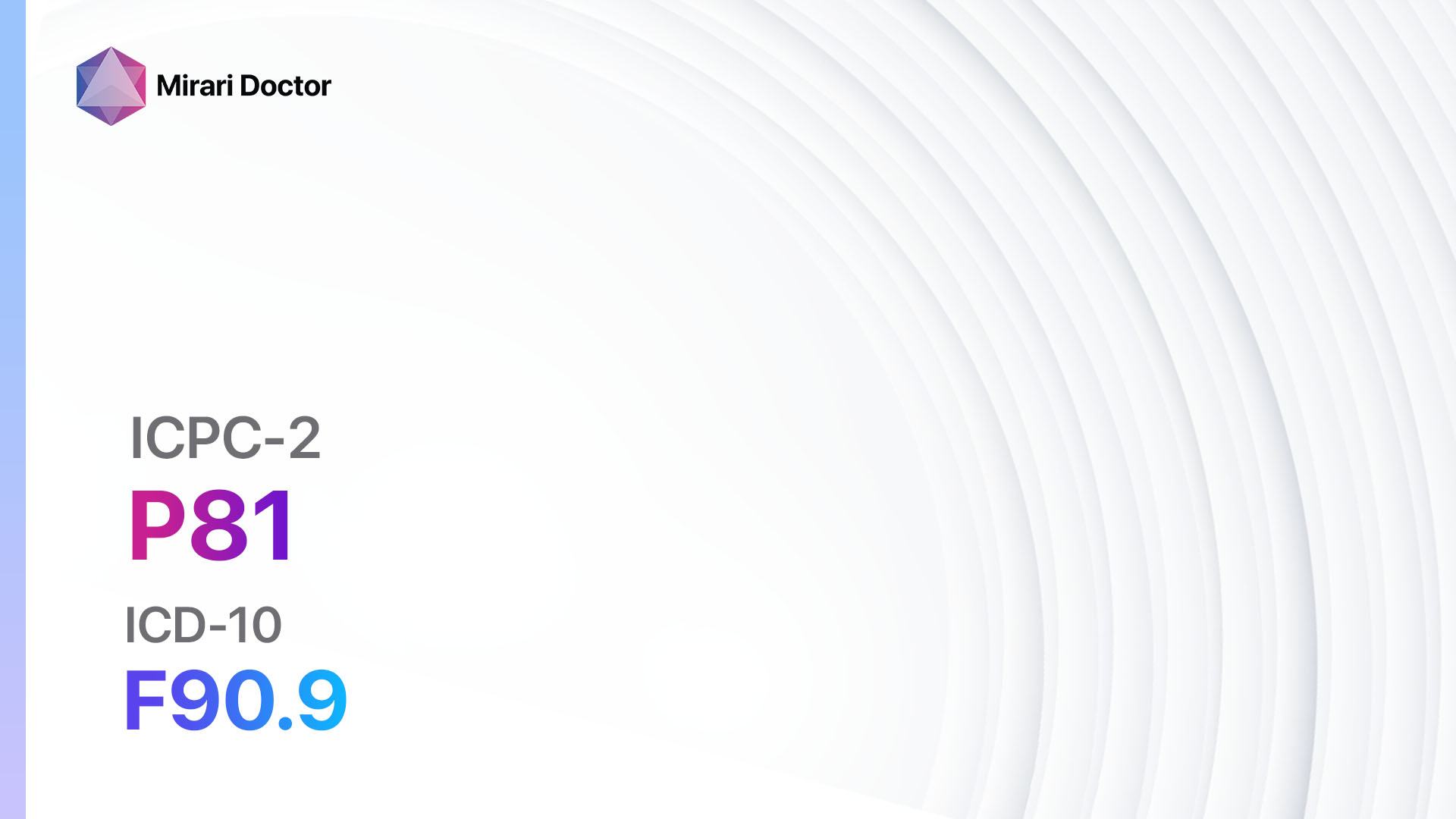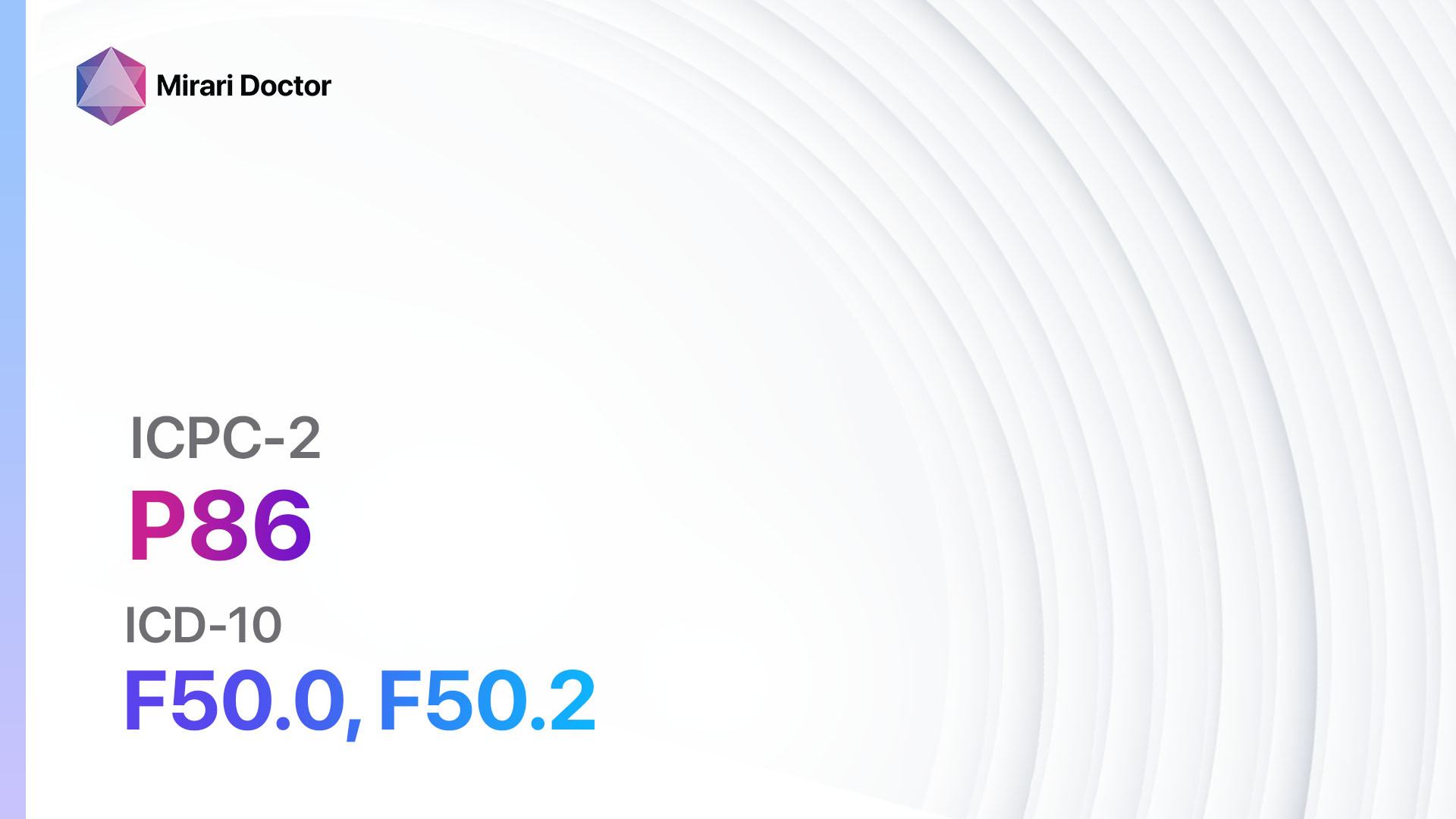
Introduction
Anorexia nervosa and bulimia are serious eating disorders that can have significant physical and psychological consequences[1]. The aim of this guide is to provide a comprehensive overview of the diagnosis and management of anorexia nervosa and bulimia, including symptoms, causes, diagnostic steps, possible interventions, and patient education.
Codes
- ICPC-2 Code: P86 Anorexia nervosa/bulimia
- ICD-10 Code: F50.0 Anorexia nervosa, F50.2 Bulimia nervosa
Symptoms
- S
- Severe restriction of food intake leading to significant weight loss (anorexia nervosa)[2]
- Recurrent episodes of binge eating followed by compensatory behaviors such as self-induced vomiting, excessive exercise, or the use of laxatives (bulimia)[3]
- Distorted body image and intense fear of gaining weight[4]
- Preoccupation with food, calories, and body weight[5]
- Excessive exercise[6]
- Social withdrawal and isolation[7]
- Depression, anxiety, and mood swings[8]
- Physical symptoms such as fatigue, dizziness, and fainting spells[9]
- Irregular or absent menstrual periods (in females)[10]
- Dry skin, brittle nails, and hair loss
- Dental problems such as tooth decay and erosion of tooth enamel (in bulimia)
Causes
- Genetic factors: There is evidence to suggest that certain genetic factors may predispose individuals to developing anorexia nervosa or bulimia.
- Psychological factors: Low self-esteem, perfectionism, and a tendency towards obsessive-compulsive behaviors may contribute to the development of eating disorders.
- Sociocultural factors: Societal pressure to attain a certain body shape or size, as well as exposure to media images promoting thinness, can influence the development of anorexia nervosa and bulimia.
- Family dynamics: Family dysfunction, including high levels of criticism or control, may contribute to the development of eating disorders.
Diagnostic Steps
Medical History
- Obtain a detailed medical history, including information about the patient’s eating habits, weight loss, and any associated physical or psychological symptoms.
- Inquire about the patient’s perception of their body image and any preoccupation with food, calories, or weight.
- Assess for any risk factors, such as a family history of eating disorders or a history of trauma or abuse.
Physical Examination
- Perform a thorough physical examination, including measurement of height, weight, and body mass index (BMI).
- Look for signs of malnutrition, such as dry skin, brittle nails, and hair loss.
- Assess for any physical complications of eating disorders, such as low blood pressure, slow heart rate, or electrolyte imbalances.
Laboratory Tests
- Complete blood count (CBC) to assess for anemia or other blood abnormalities.
- Electrolyte panel to evaluate for imbalances, such as low potassium or sodium levels.
- Liver function tests to assess for any liver damage.
- Thyroid function tests to rule out any underlying thyroid disorders.
- Bone density scan to assess for osteoporosis or osteopenia.
Diagnostic Imaging
- Dual-energy X-ray absorptiometry (DXA) scan to assess bone density and screen for osteoporosis.
- Electrocardiogram (ECG) to evaluate for any cardiac abnormalities.
Other Tests
- Psychological assessments, such as the Eating Disorder Examination (EDE) or the Eating Attitudes Test (EAT), may be used to further evaluate the severity and impact of the eating disorder.
- Nutritional assessments, including a detailed dietary history and evaluation of nutritional status, may be performed by a registered dietitian.
Follow-up and Patient Education
- Schedule regular follow-up appointments to monitor the patient’s progress and adjust treatment as necessary.
- Provide education to the patient and their family about the nature of eating disorders, the importance of regular meals and balanced nutrition, and the potential complications of untreated eating disorders.
- Offer resources and referrals to support groups or specialized treatment centers for eating disorders.
Possible Interventions
Traditional Interventions
Medications:
Top 5 drugs for Anorexia nervosa/bulimia:
- Selective serotonin reuptake inhibitors (SSRIs) (e.g., Fluoxetine, Sertraline):
- Cost: Generic versions can be $3-$50/month.
- Contraindications: Hypersensitivity to SSRIs, concurrent use of monoamine oxidase inhibitors (MAOIs).
- Side effects: Nausea, headache, insomnia.
- Severe side effects: Serotonin syndrome, suicidal thoughts.
- Drug interactions: MAOIs, other serotonergic medications.
- Warning: Increased risk of suicidal thoughts in children and adolescents.
- Atypical antipsychotics (e.g., Olanzapine, Quetiapine):
- Cost: Generic versions can be $10-$100/month.
- Contraindications: Hypersensitivity to atypical antipsychotics, uncontrolled cardiovascular disease.
- Side effects: Weight gain, sedation, metabolic changes.
- Severe side effects: Neuroleptic malignant syndrome, tardive dyskinesia.
- Drug interactions: Other antipsychotics, medications that prolong the QT interval.
- Warning: Increased risk of mortality in elderly patients with dementia-related psychosis.
- Benzodiazepines (e.g., Lorazepam, Diazepam):
- Cost: Generic versions can be $3-$50/month.
- Contraindications: Hypersensitivity to benzodiazepines, acute narrow-angle glaucoma.
- Side effects: Sedation, dizziness, confusion.
- Severe side effects: Respiratory depression, paradoxical reactions.
- Drug interactions: Other central nervous system depressants, opioids.
- Warning: Risk of dependence and withdrawal symptoms with long-term use.
- Appetite stimulants (e.g., Megestrol acetate, Dronabinol):
- Cost: Generic versions can be $10-$100/month.
- Contraindications: Hypersensitivity to appetite stimulants, pregnancy.
- Side effects: Increased appetite, weight gain, fluid retention.
- Severe side effects: Thromboembolic events, adrenal insufficiency.
- Drug interactions: Other medications that affect the adrenal glands, hormonal contraceptives.
- Warning: Increased risk of thromboembolic events in elderly patients with dementia.
- Antidepressants (e.g., Bupropion, Mirtazapine):
- Cost: Generic versions can be $3-$50/month.
- Contraindications: Hypersensitivity to antidepressants, concurrent use of MAOIs.
- Side effects: Nausea, dry mouth, sexual dysfunction.
- Severe side effects: Serotonin syndrome, suicidal thoughts.
- Drug interactions: MAOIs, other serotonergic medications.
- Warning: Increased risk of suicidal thoughts in children and adolescents.
Alternative Drugs:
- Anticonvulsants (e.g., Topiramate): May be used off-label to help control binge eating episodes.
- Naltrexone: May be used off-label to reduce cravings and prevent relapse in individuals with bulimia.
- Stimulant medications (e.g., Vyvanse): May be used off-label to help control binge eating episodes.
Psychotherapy:
- Cognitive-behavioral therapy (CBT): Focuses on identifying and changing unhealthy thoughts and behaviors related to food, body image, and weight.
- Family-based therapy (FBT): Involves the family in the treatment process and aims to restore healthy eating patterns and weight in adolescents with anorexia nervosa.
- Interpersonal psychotherapy (IPT): Focuses on improving interpersonal relationships and addressing any underlying psychological issues contributing to the eating disorder.
- Dialectical behavior therapy (DBT): Combines individual therapy, group skills training, and phone coaching to help individuals develop healthier coping mechanisms and emotional regulation skills.
Nutritional Counseling:
- Work with a registered dietitian to develop a balanced meal plan that meets the individual’s nutritional needs and promotes weight restoration or maintenance.
- Provide education about portion sizes, food groups, and the importance of regular meals and snacks.
- Address any fears or anxieties related to food and help the individual develop a healthier relationship with food.
Alternative Interventions
- Acupuncture: May help reduce anxiety and improve overall well-being. Cost: $60-$120 per session.
- Yoga and mindfulness meditation: Can help promote relaxation, reduce stress, and improve body awareness. Cost: Varies depending on the location and instructor.
- Art therapy: Provides a creative outlet for expressing emotions and exploring body image concerns. Cost: Varies depending on the location and therapist.
- Equine-assisted therapy: Involves interacting with horses to promote self-awareness and emotional healing. Cost: Varies depending on the location and therapist.
- Support groups: Provide a safe and supportive environment for individuals with eating disorders to share their experiences and receive encouragement. Cost: Often free or low-cost.
Lifestyle Interventions
- Regular exercise: Engaging in regular physical activity can help improve mood, reduce anxiety, and promote overall well-being. Cost: Varies depending on the type of exercise and location.
- Stress management techniques: Learning and practicing stress management techniques, such as deep breathing exercises or progressive muscle relaxation, can help individuals cope with triggers and reduce the risk of relapse. Cost: Often free or low-cost.
- Sleep hygiene: Establishing a regular sleep schedule and practicing good sleep hygiene can help improve overall health and well-being. Cost: Often free or low-cost.
- Self-care activities: Encouraging individuals to engage in activities they enjoy, such as hobbies, reading, or spending time with loved ones, can help promote self-esteem and reduce the focus on food and body image. Cost: Varies depending on the activity.
It is important to note that the cost ranges provided are approximate and may vary depending on the location and availability of the interventions.
Mirari Cold Plasma Alternative Intervention
Understanding Mirari Cold Plasma
- Safe and Non-Invasive Treatment: Mirari Cold Plasma is a safe and non-invasive treatment option for various skin conditions. It does not require incisions, minimizing the risk of scarring, bleeding, or tissue damage.
- Efficient Extraction of Foreign Bodies: Mirari Cold Plasma facilitates the removal of foreign bodies from the skin by degrading and dissociating organic matter, allowing easier access and extraction.
- Pain Reduction and Comfort: Mirari Cold Plasma has a local analgesic effect, providing pain relief during the treatment, making it more comfortable for the patient.
- Reduced Risk of Infection: Mirari Cold Plasma has antimicrobial properties, effectively killing bacteria and reducing the risk of infection.
- Accelerated Healing and Minimal Scarring: Mirari Cold Plasma stimulates wound healing and tissue regeneration, reducing healing time and minimizing the formation of scars.
Mirari Cold Plasma Prescription
Video instructions for using Mirari Cold Plasma Device – P86 Anorexia nervosa/bulimia (ICD-10:F50.0, F50.2)
| Mild | Moderate | Severe |
| Mode setting: 2 (Wound Healing) Location: 7 (Neuro system & ENT) Morning: 15 minutes, Evening: 15 minutes |
Mode setting: 2 (Wound Healing) Location: 7 (Neuro system & ENT) Morning: 30 minutes, Lunch: 30 minutes, Evening: 30 minutes |
Mode setting: 2 (Wound Healing) Location: 7 (Neuro system & ENT) Morning: 30 minutes, Lunch: 30 minutes, Evening: 30 minutes |
| Mode setting: 7 (Immunotherapy) Location: 1 (Sacrum) Morning: 15 minutes, Evening: 15 minutes |
Mode setting: 7 (Immunotherapy) Location: 1 (Sacrum) Morning: 30 minutes, Lunch: 30 minutes, Evening: 30 minutes |
Mode setting: 7 (Immunotherapy) Location: 1 (Sacrum) Morning: 30 minutes, Lunch: 30 minutes, Evening: 30 minutes |
| Total Morning: 30 minutes approx. $5 USD, Evening: 30 minutes approx. $5 USD |
Total Morning: 60 minutes approx. $10 USD, Lunch: 60 minutes approx. $10 USD, Evening: 60 minutes approx. $10 USD, |
Total Morning: 60 minutes approx. $10 USD, Lunch: 60 minutes approx. $10 USD, Evening: 60 minutes approx. $10 USD, |
| Usual treatment for 7-60 days approx. $70 USD – $600 USD | Usual treatment for 6-8 weeks approx. $1,260 USD – $1,680 USD |
Usual treatment for 3-6 months approx. $2,700 USD – $5,400 USD
|
 |
|
Use the Mirari Cold Plasma device to treat Anorexia nervosa/bulimia effectively.
WARNING: MIRARI COLD PLASMA IS DESIGNED FOR THE HUMAN BODY WITHOUT ANY ARTIFICIAL OR THIRD PARTY PRODUCTS. USE OF OTHER PRODUCTS IN COMBINATION WITH MIRARI COLD PLASMA MAY CAUSE UNPREDICTABLE EFFECTS, HARM OR INJURY. PLEASE CONSULT A MEDICAL PROFESSIONAL BEFORE COMBINING ANY OTHER PRODUCTS WITH USE OF MIRARI.
Step 1: Cleanse the Skin
- Start by cleaning the affected area of the skin with a gentle cleanser or mild soap and water. Gently pat the area dry with a clean towel.
Step 2: Prepare the Mirari Cold Plasma device
- Ensure that the Mirari Cold Plasma device is fully charged or has fresh batteries as per the manufacturer’s instructions. Make sure the device is clean and in good working condition.
- Switch on the Mirari device using the power button or by following the specific instructions provided with the device.
- Some Mirari devices may have adjustable settings for intensity or treatment duration. Follow the manufacturer’s instructions to select the appropriate settings based on your needs and the recommended guidelines.
Step 3: Apply the Device
- Place the Mirari device in direct contact with the affected area of the skin. Gently glide or hold the device over the skin surface, ensuring even coverage of the area experiencing.
- Slowly move the Mirari device in a circular motion or follow a specific pattern as indicated in the user manual. This helps ensure thorough treatment coverage.
Step 4: Monitor and Assess:
- Keep track of your progress and evaluate the effectiveness of the Mirari device in managing your Anorexia nervosa/bulimia. If you have any concerns or notice any adverse reactions, consult with your health care professional.
Note
This guide is for informational purposes only and should not replace the advice of a medical professional. Always consult with your healthcare provider or a qualified medical professional for personal advice, diagnosis, or treatment. Do not solely rely on the information presented here for decisions about your health. Use of this information is at your own risk. The authors of this guide, nor any associated entities or platforms, are not responsible for any potential adverse effects or outcomes based on the content.
Mirari Cold Plasma System Disclaimer
- Purpose: The Mirari Cold Plasma System is a Class 2 medical device designed for use by trained healthcare professionals. It is registered for use in Thailand and Vietnam. It is not intended for use outside of these locations.
- Informational Use: The content and information provided with the device are for educational and informational purposes only. They are not a substitute for professional medical advice or care.
- Variable Outcomes: While the device is approved for specific uses, individual outcomes can differ. We do not assert or guarantee specific medical outcomes.
- Consultation: Prior to utilizing the device or making decisions based on its content, it is essential to consult with a Certified Mirari Tele-Therapist and your medical healthcare provider regarding specific protocols.
- Liability: By using this device, users are acknowledging and accepting all potential risks. Neither the manufacturer nor the distributor will be held accountable for any adverse reactions, injuries, or damages stemming from its use.
- Geographical Availability: This device has received approval for designated purposes by the Thai and Vietnam FDA. As of now, outside of Thailand and Vietnam, the Mirari Cold Plasma System is not available for purchase or use.
References
- American Psychiatric Association. (2013). Diagnostic and statistical manual of mental disorders (5th ed.). https://doi.org/10.1176/appi.books.9780890425596
- Mehler, P. S., & Brown, C. (2015). Anorexia nervosa – medical complications. Journal of Eating Disorders, 3, 11. https://doi.org/10.1186/s40337-015-0040-8
- Mehler, P. S., & Rylander, M. (2015). Bulimia Nervosa – medical complications. Journal of Eating Disorders, 3, 12. https://doi.org/10.1186/s40337-015-0044-4
- Dahlgren, C. L., & Wisting, L. (2016). Transitioning from DSM-IV to DSM-5: A systematic review of eating disorder prevalence assessment. The International Journal of Eating Disorders, 49(11), 975–997. https://doi.org/10.1002/eat.22596
- Fairburn, C. G., & Harrison, P. J. (2003). Eating disorders. Lancet (London, England), 361(9355), 407–416. https://doi.org/10.1016/S0140-6736(03)12378-1
- Dalle Grave, R., Calugi, S., & Marchesini, G. (2008). Compulsive exercise to control shape or weight in eating disorders: prevalence, associated features, and treatment outcome. Comprehensive Psychiatry, 49(4), 346–352. https://doi.org/10.1016/j.comppsych.2007.12.007
- Treasure, J., & Russell, G. (2011). The case for early intervention in anorexia nervosa: theoretical exploration of maintaining factors. The British Journal of Psychiatry, 199(1), 5–7. https://doi.org/10.1192/bjp.bp.110.087585
- Godart, N. T., Flament, M. F., Perdereau, F., & Jeammet, P. (2002). Comorbidity between eating disorders and anxiety disorders: a review. The International Journal of Eating Disorders, 32(3), 253–270. https://doi.org/10.1002/eat.10096
- Mehler, P. S., Krantz, M. J., & Sachs, K. V. (2015). Treatments of medical complications of anorexia nervosa and bulimia nervosa. Journal of Eating Disorders, 3, 15. https://doi.org/10.1186/s40337-015-0041-7
- Kimmel, M. C., Ferguson, E. H., Zerwas, S., Bulik, C. M., & Meltzer-Brody, S. (2016). Obstetric and gynecologic problems associated with eating disorders. International Journal of Eating Disorders, 49(3), 260–275. https://doi.org/10.1002/eat.22483
Related articles
Made in USA


